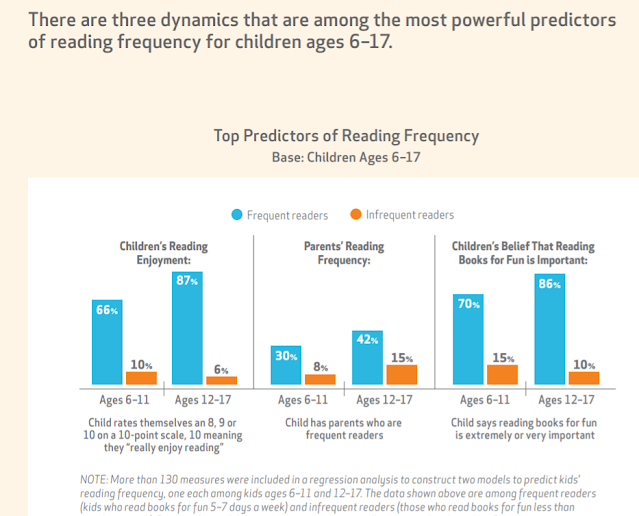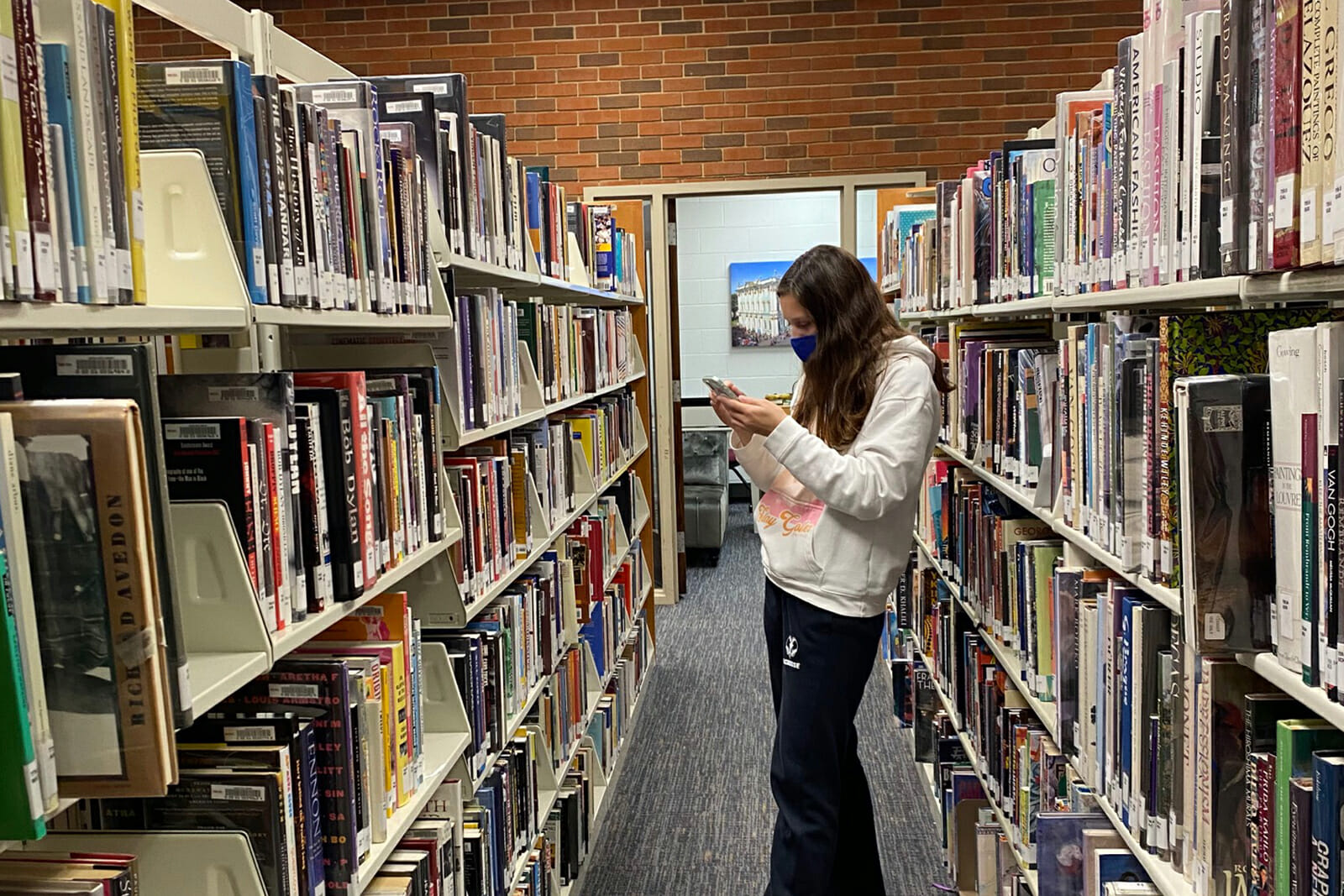Creating Readers Through BookTok
 Think about the ways that small children interact with books. Babies sit in cozy laps, chewing on corners of board books, perhaps making moo-cow sounds in response to parental requests; toddlers demand repeat performances of picture books, thrusting them at their parents with an insistent “Again!”; and young school-age children hug their prize texts, beaming proudly, when they are finally able to check out books using their own library card. For many children—for those with the privilege of access—books are as essential to bedtime as a beloved stuffed animal or a kiss goodnight. These experiences are intimate, visceral connection points to language and loved ones.
Think about the ways that small children interact with books. Babies sit in cozy laps, chewing on corners of board books, perhaps making moo-cow sounds in response to parental requests; toddlers demand repeat performances of picture books, thrusting them at their parents with an insistent “Again!”; and young school-age children hug their prize texts, beaming proudly, when they are finally able to check out books using their own library card. For many children—for those with the privilege of access—books are as essential to bedtime as a beloved stuffed animal or a kiss goodnight. These experiences are intimate, visceral connection points to language and loved ones.
At some point in these young book lovers’ lives, things change. Other things take precedence over reading—sports, hobbies, video games, and cell phones, to name a few. That visceral connection to books can seem fragile or even broken. As educators, we notice and are saddened by the loss of attachment to books for some of our students—and we try all kinds of ways to nurture that attachment again, by developing a thoughtful, student-centered reading curriculum, providing access to rich and diverse books, and promoting books through conversation, displays, and events.

This year, however, we’ve noticed subtle differences emerging in reading culture in the library. That childlike excitement over books seems to have persisted for our Upper School students in the way that they talk about books, interact with books, and ask for books.
We believe one of the reasons (among many!) for that change is. . . wait for it. . . TikTok.
Over the last year, a surge of “BookTok” videos on TikTok has revived the sales of books that were published years ago. Books that had left the bestseller lists back in 2014 or 2015 have risen back to the top—and are staying there. Authors seemed just as surprised as publishers, as detailed in this New York Times article—and we were just as surprised in the library.
Teenage girls, who originally had no connection to the publishing industry, are the creators of most of the short BookTok videos; many of these creators now have thousands of followers, including many of our students, and hundreds of thousands of likes. Some representative examples are here, here, and here.
If you do a little searching in TikTok, you will quickly find that a large cluster of books is recommended over and over. If you looked at our top print titles in circulation as well as our top Sora titles, you will notice much overlap in titles: both include They Both Die at the End, We Were Liars, A Good Girl’s Guide to Murder, One of Us Is Lying, and The Invisible Life of Addie LaRue, all popular BookTok books.

While I have mixed feelings about TikTok generally, especially given the damaging #deviouslicks challenges over the last few months, I cannot help but feel gratitude for the ways that the app has boosted engagement with reading and books. Our data reveals a significant increase in the number of print fiction books we have circulated this year, as compared to the same range of time in 2019—a 683% increase. In the same amount of time, we have circulated 349 more Sora fiction books this year, as compared to last year.
But this engagement is also reflected in our interactions with students. The other day, a sophomore girl stopped by the library. I knew she was in the middle of reading one book, but she was eagerly awaiting starting another book that she discovered on TikTok; she was determined to finish the first book before checking out the second. She asked, “Can I just see it?” I happily obliged, and she looked carefully at the cover and then hugged it to her chest. Then she showed me the TikTok video that inspired her to read the book: “It just looks so good,” she said. Visceral connection restored.
